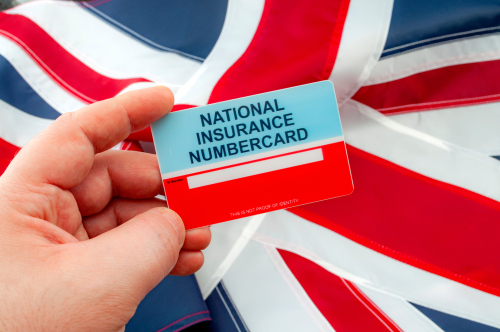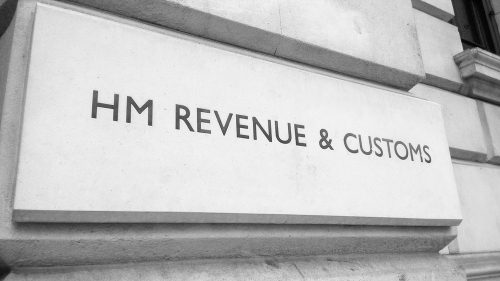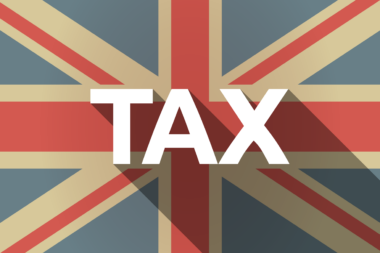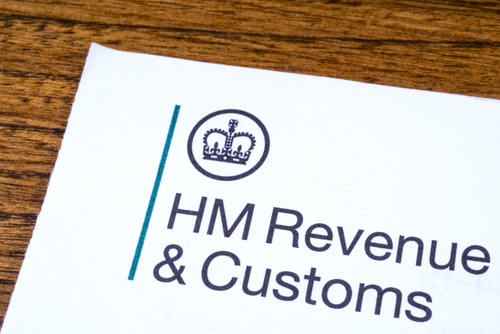
One of the key announcements in the Autumn 2024 Budget was the rise in employer’s National Insurance contributions from 6 April 2025. From that date, the rate of secondary Class 1 National Insurance contributions is increased by 1.2 percentage points, from 13.8% to 15%. In a further blow, the secondary threshold – the point above which employer contributions become payable – will fall from £9,100 to £5,000.
On the plus side, the Employment Allowance is to rise from the same date, from its current level of £5,000 to £10,500. This will protect the smallest employers from the impact of the hike. From 6 April 2025, larger employers will once again be able to benefit from the Employment Allowance as the current restriction which limits availability of the allowance to employers whose secondary Class 1 National Insurance bill in the previous tax year was less than £100,000 is lifted. However, personal service companies where the sole employee is also a director remain unable to claim the allowance.
The upper secondary thresholds that apply where the employee is under the age of 21, an apprentice under the age of 25, an armed forces veteran in the first year of their first civilian job since leaving the armed forces or a new employee in the first three years of their employment at a special tax site are unchanged. However, the 15% rate will apply to any earnings in excess of the relevant upper secondary threshold.
The rate increase also extends to Class 1A National Insurance contributions (payable by employers on taxable benefits in kind, taxable termination payments and taxable sporting testimonials) and to Class 1B National Insurance contributions (payable by employers on items within a PAYE Settlement Agreement and on the tax due under the agreement), both of which rise to 15% from 6 April 2025.
Impact
The impact of the changes will depend on the number of employees that an employer has and the amount that they are paid. For example, for an employee on £20,000, before taking account of the Employment Allowance, employer’s National Insurance will increase from £1,504.20 for 2024/25 to £2,250 for 2025/26 – an increase of £745.80. However, for an employee on £100,000, the bill will rise from £12,544.20 for 2024/25 to £14,250 for 2025/26 – an increase of £1,705.80.
Very small employers with only a handful of employees who are not highly paid may find that their bills fall as the increase in the Employment Allowance outweighs the rise in secondary contributions. For example, an employer with three employees paid £30,000 will pay £3,652.60 for 2024/25 after deducting the Employment Allowance but will only pay £750 in 2025/26 after deducting the Employment Allowance. At the other end of the scale, as press reports attest, the additional cost can be significant. Employers with a workforce comprised predominantly of lower paid part-time workers, as is often the case in the hospitality industry, will be hard hit by the fall in the secondary threshold. Currently, no contributions are payable on earnings below £9,100; from April 2025, employer contributions are due on earnings over £5,000.
Mitigation
Eligible employers should ensure that they claim the Employment Allowance as this is not given automatically. Consideration can also be given to the make-up of their workforce. For example, savings can be made by employing workers under the age of 21 or armed forces veterans looking for their first civilian job, as contributions are only payable where earnings exceed £50,270 rather than £5,000 – potential savings of up to £6,790.50 per employee. Taking on two part-time workers rather than one full-time worker will also cut the bill by accessing a further £5,000 NIC-free band (saving £750).
Employers should also review the taxable benefits that they provide, and consider instead a switch to exempt benefits to save the associated Class 1A National Insurance. Employers should also review existing PAYE Settlement Agreements to check whether they remain affordable.




